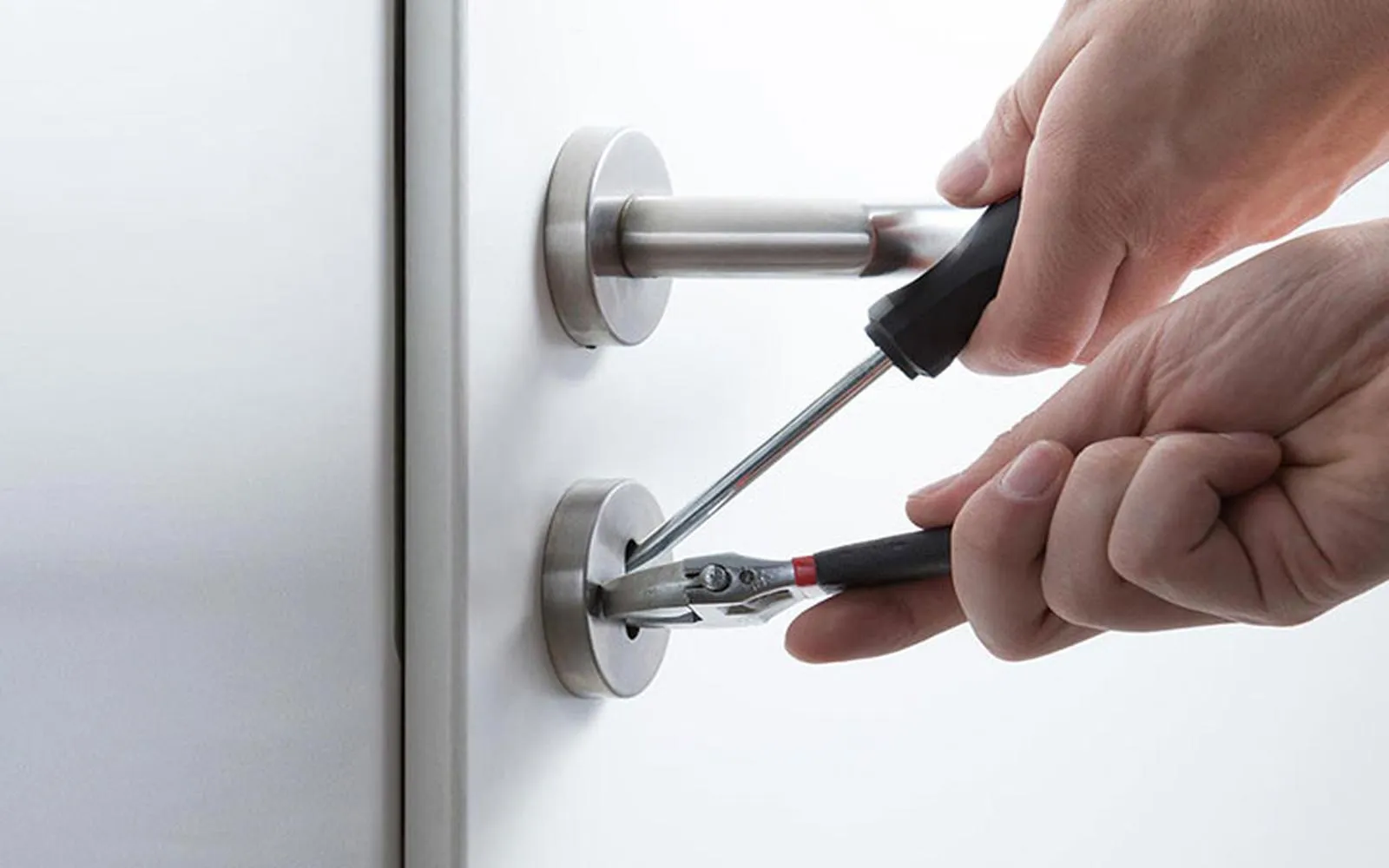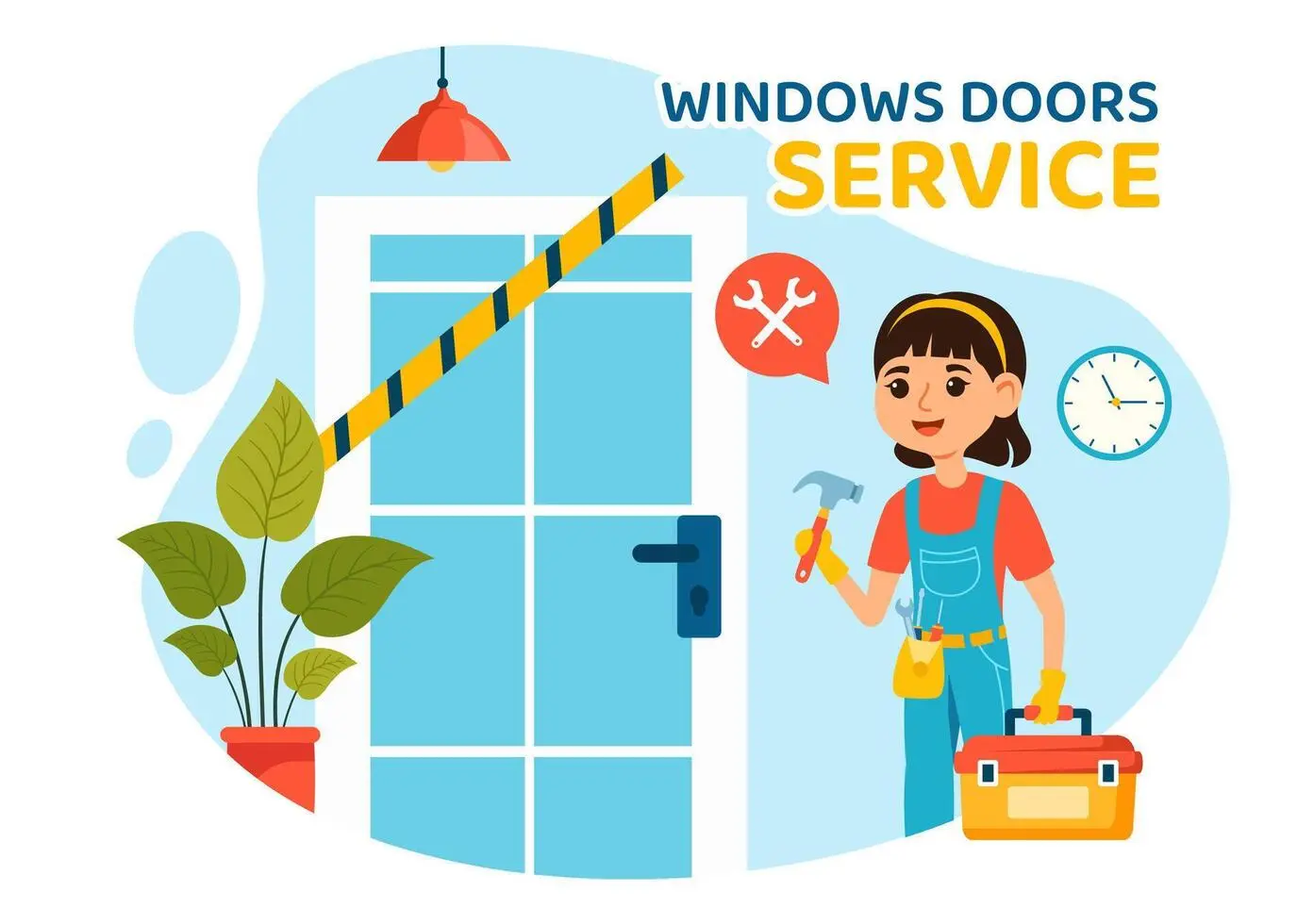Ultimate Guide to Home Security System Installation in 2025: Protect Your Home with the Latest Technology
Introduction
In 2025, home security has evolved significantly, offering homeowners a range of advanced technologies to protect their properties. As crime rates fluctuate and technology improves, it has become increasingly essential to invest in a reliable home security system. This ultimate guide will walk you through the essential steps for installing a home security system, ensuring you can safeguard your home with the latest technology available.
Understanding Home Security Systems
Before diving into the installation process, it's crucial to understand the components of a home security system. A typical system includes:
- Alarm Systems: These can be wired or wireless and serve as the first line of defense against intruders.
- Cameras: Indoor and outdoor cameras help monitor your property in real-time, with many systems offering cloud storage and remote access.
- Motion Detectors: These sensors alert you to movement within a designated area, providing an additional layer of security.
- Smart Locks: These locks can be controlled via smartphones or keypads, allowing for keyless entry and enhanced access control.
- Environmental Sensors: Devices that detect smoke, carbon monoxide, and flooding, ensuring comprehensive protection beyond security threats.
Assessing Your Security Needs
Every home is unique, and so are its security requirements. Start by evaluating your property:
- Neighborhood Crime Rates: Research local crime statistics to understand the specific threats in your area.
- Home Layout: Consider the layout of your home, including entry points, windows, and blind spots that may require additional surveillance.
- Personal Lifestyle: Assess your daily routine and identify times when your home is most vulnerable.
This assessment will help you determine the necessary components of your security system and ensure comprehensive coverage.
Choosing the Right Home Security System
With various options available, selecting the right home security system can be overwhelming. Here are some key factors to consider:
- Wired vs. Wireless: Wireless systems are easier to install and can be more flexible, while wired systems may offer a more stable connection.
- DIY vs. Professional Installation: Determine whether you prefer to install the system yourself or hire professionals for a seamless setup.
- Integration with Smart Home Devices: Look for systems that can integrate with your existing smart home devices for enhanced functionality.
- Subscription Fees: Many systems come with monthly monitoring fees; assess your budget and choose a plan that fits your needs.
Essential Tools for Installation
Once you've selected your home security system, gather the necessary tools for installation. Common tools may include:
- Drill and drill bits
- Screwdriver set
- Level
- Measuring tape
- Wire cutters and strippers (for wired systems)
- Smartphone or tablet (for app-based systems)
Step-by-Step Installation Guide
Now that you have everything you need, follow these steps to install your home security system:
1. Planning the Layout
Before installation, plan the layout of your system. Identify key areas to cover, such as entry points, windows, and high-traffic areas. Use a floor plan to mark where each component will be installed.
2. Install Cameras
Begin with the installation of cameras. Mount outdoor cameras at least 9 feet high to prevent tampering and ensure a clear view of entry points. For indoor cameras, place them in areas that provide a broad view of common spaces. Follow the manufacturer's guidelines for mounting and wiring.
3. Set Up the Alarm System
Install the main control panel in a central location within your home. Connect it to a power source and ensure it is easily accessible. Next, install door and window sensors on all entry points, following the instructions provided by the manufacturer.
4. Install Motion Detectors
Place motion detectors in key areas, particularly near entry points and large open spaces. Ensure they are positioned at a height of 6 to 8 feet and avoid placing them near heat sources that might cause false alarms.
5. Install Smart Locks
For smart locks, follow the manufacturer’s instructions for installation. Typically, this involves removing your existing lock and replacing it with the smart lock, ensuring it is securely fastened and connected to your Wi-Fi network.
6. Connect Environmental Sensors
Install smoke, carbon monoxide, and flood sensors in appropriate locations. For example, smoke detectors should be placed in hallways and near bedrooms, while flood sensors should be installed in basements or areas prone to water accumulation.
7. Test the System
Once all components are installed, conduct a thorough test of the system. Check each camera, sensor, and alarm to ensure they function correctly. Adjust settings through the control panel or smartphone app as needed.
Integrating Smart Home Technology
In 2025, home security systems can seamlessly integrate with various smart home technologies. Consider the following integrations:
- Smart Assistants: Connect your security system to smart assistants like Amazon Alexa or Google Assistant for voice control and automation.
- Smart Lighting: Sync your security system with smart lighting to deter potential intruders with automated lighting schedules.
- IoT Devices: Integrate other IoT devices, such as smart thermostats and cameras, to create a cohesive smart home ecosystem.
Monitoring Your Home Security System
Monitoring is a crucial aspect of home security. You can choose from several monitoring options:
- Self-Monitoring: You manage the system and receive alerts directly on your smartphone. This option is often more cost-effective but may require your constant attention.
- Professional Monitoring: A third-party service monitors your system 24/7. They can alert you and the authorities in case of an emergency, providing peace of mind.
Maintaining Your Home Security System
Regular maintenance is essential to ensure your home security system remains effective. Here are some maintenance tips:
- Check Batteries: Regularly check and replace batteries in sensors and cameras as needed.
- Update Software: Keep your system’s software up to date to protect against vulnerabilities.
- Test the System: Conduct routine tests of your cameras, alarms, and sensors to ensure everything functions correctly.
- Clean Cameras: Keep your cameras clean and free of obstructions for optimal performance.
Conclusion
Installing a home security system in 2025 is an essential step toward protecting your home and loved ones. By understanding your security needs, choosing the right system, and following a clear installation process, you can create a safe living environment. Embrace the latest technology and ensure regular maintenance to keep your system functioning optimally. With a well-installed and monitored security system, you can enjoy peace of mind knowing your home is secure.
Explore

Top Backup Services of 2025: Safeguard Your Data with the Latest Solutions

How to Protect Your Business Data with Advanced Security Tools

A Complete Guide to Choosing a Business Phone System in 2025

Top 10 Pickup Trucks of 2025: Performance, Technology, and Innovation Unleashed

Future of Mobile Technology: Top Cellphone Trends and Innovations to Watch in 2025

24/7 Emergency Locksmith Services in 2025: Your Ultimate Guide to Fast and Reliable Security Solutions

Guide to Find the Right Window Replacement & Installation Services 2025
